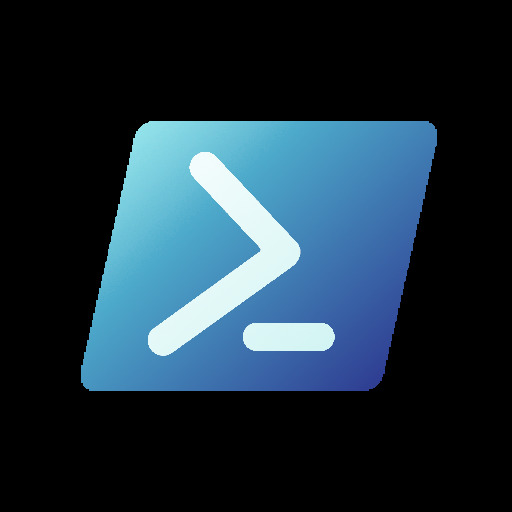“Herr” doesn’t mean “Mr” in this context, but [feudal] lord instead, so a more accurate translation would be “Lord God”
- 0 Posts
- 42 Comments

 2·30 days ago
2·30 days agoThat’s exactly why I asked for reputable sources - if an ancap think tank and an online “museum” are enough for you, I’m going to risk breaking Beehaw’s rule on civility and call you a useful idiot at best - but considering nobody in this thread has agreed with you so far, your usefulness is not proven.

 1·30 days ago
1·30 days agoIf your comment isn’t disinformation, then surely you are able to provide reputable sources on what makes the Ukrainian government illegitimate and when it has kidnapped its own civilians and forced them to fight.
Otherwise, your baseless claims do not deserve further consideration - what has been stated without evidence can be dismissed without arguments.

 2·1 month ago
2·1 month agoIs tone policing more important than removing disinformation?

 4·3 months ago
4·3 months agoIf the heatsink isn’t big enough that it blocks the socket lever, you could attach it to the CPU with thermal glue

 2·3 months ago
2·3 months agoThen the snippet won’t work because it only ever renames/copies the file
'_2023 Summary Page.docx'. What are the actual names of the files you want to rename?

 1·3 months ago
1·3 months agoJust use Copy-Item instead of Rename-Item if you want multiple identical files with different names

 2·3 months ago
2·3 months agoThat will crash if there is more than one line in individuals.txt, because by the second iteration ‘.\_2023 Summary Page.docx’ has been renamed.

 1·3 months ago
1·3 months agoI have no idea why this wouldn’t work on your machine - I’ve tested it on mine and it works fine. So maybe you have overlooked some small things:
-
If there are any other PDFs in the directory that you don’t want to rename, then the list of files is longer than the list of names.
-
If the PS window closes completely, you might have typed it into the terminal instead of running it as a script - then the problem might just be that you closed the if block too early, so PS immediately executes the
exitcommand. -
If your list of new names contains a column label like in a one-column CSV, then it has one more line than there are files.
-

 3·3 months ago
3·3 months agoIf the CSV file contains both the current names and the new names, this should work if you use the first line for column labels (I’m using OldName and NewName in this example):
Import-CSV $pathToCSV | ForEach-Object { Rename-Item $_.OldName $_.NewName }If you just have a list of new names as a text file where the first line of the file is the new name for the first file (by name, sorted alphabetically), this should work:
$files = Get-ChildItem -File *.pdf | Sort-Object -Property Name #I think the output of Get-ChildItem is already sorted by name, but I'm not sure $newNames = Get-Content $pathToTXT if ($files.Count -ne $newNames.Count) { Write-Error "The number of PDF files to be renamed does not match the number of new names" exit } 0..($files.Count - 1) | ForEach-Object { Rename-Item $files[$_] $newNames[$_] }

 10·5 months ago
10·5 months agoIt does somewhat renew itself due to alpha decay, but that probably isn’t fast enough to matter.
In the 2000s, some electronics stores where I lived had “jukeboxes” with headphones and a barcode scanner, so you could listen to 30-second snippets of the songs on an album before buying it.

 7·10 months ago
7·10 months agoI thought it was about Minix running in the Intel ME
It might actually be more efficient than keeping cyrogenic hydrogen cooled if the mission takes multiple decades and you don’t need the fuel most of the time - for example in a Pluto orbiter

 2·10 months ago
2·10 months agoYou only need mount points in each distro for partitions that you want to be able to access from that distro. If you don’t need access to your Arch system files from Debian, don’t mount the Arch partition in Debian.
But if you have a partition that you want to access from multiple distros, you don’t need to use the same mountpoint in each distro - just like a USB flash drive can be E:\ on one Windows computer and H:\ on another - that is just a name and the files on it are the same.

 2·10 months ago
2·10 months agoMount points are specific to one install - for example, you can mount your Manjaro root partition as /mnt/manjaro on Fedora. From every distro’s perspective, the partition it is installed on is /.
You seem to be mixing up the locations of partitions and mount points - a partition is somewhere on a disk and a mount point is basically a sign that points to it, and every distro can have different signs that point to the same thing.

 2·10 months ago
2·10 months agoYou can only mount one partition at one mount point, but any empty directory on one partition can be a mount point for another partition.
GPT is a partition table and is not used for Linux specifically, but on any computer with UEFI - it defines how to find partitions on a disk, but not how they are formatted.
ext4 is a filesystem - formatting a partition with ext4 means creating data structures that tell the OS where to find files and directories in the partition.

 2·10 months ago
2·10 months agoIt’s similar to how drive letters work in Windows: the partition you installed it on is C:\ and you can assign any other letter to any other partition.
On Linux, the partition you installed it on is / and you can mount other partitions in any empty directory.



My OpenMediaVault machine (based on Debian Oldstable) uses OpenSSH 8.4p1, so it’s old enough not to have the bug